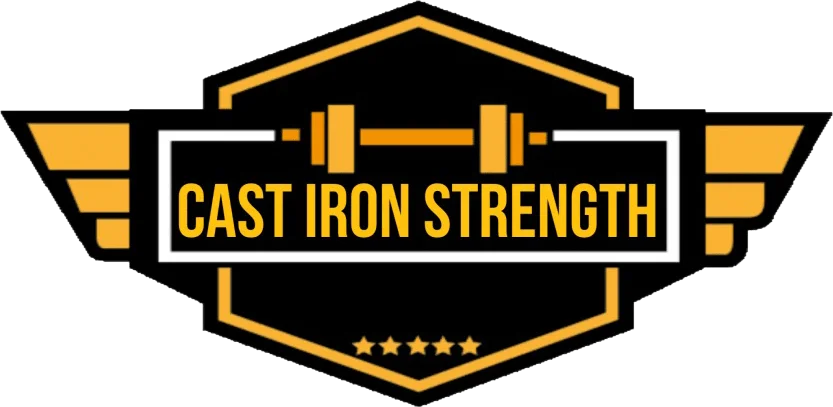First of all happy new year to all of my readers I hope 2015 brings you all lots of progress in our training and lives. Just a bit of house keeping any personal commentary to the studies will now be bolded and placed into the body of the normal text to make it clear where I am reporting on the journals and where I am providing personal commentary or observation.
TL;DR
deadlifting will improve jump heights and rate of torque development of the knee muscles with no specific training… in novices.
if you want to create and anabolic environment post training you should perform your conditioning first followed by your resistance training
lying leg curl works your lower hamstring harder when compared to stiff legged deadlift.
shoulder proprioception is not related to throwing ability. This would reflect the highly skill specificity of throwing and it’s total body nature.
made up static tests don’t test an athlete’s specific ability to perform in a dynamic scenario.
bench press and press up when equated for muscle activation and intensity provide similar muscular strength gains.

Deadlift increases rate of torque and jump height in novice lifters.
- 45 subjects were split into two groups – control group (n=20) and training group (n=35). not exactly an evenly weighted groups split, wonder how that one slipped….
- Subjects in the training performed 2 resistance training sessions using a traditional 5 sets of 5 approach (5×5 at a weight then in the next session with a heavier load.). Subjects in the control group performed 2 sessions of moderate activity (swimming, walking etc).
- At base line and after the 10 week programme all subjects had their knee extensors and knee flexors tested isometrically in a biodex machine. They also performed countermovement jumps using the vertec.

- The training group showed between 18.8% to 49% increases for all rapid torque variables. They also showed a 7.4% increase in jump height.
TL;DR – deadlifting will improve jump heights and rate of torque development of the knee muscles with no specific training… in novices.

Acute changes in testosterone and IGF binding proteins are affected by exercise order
- 14 subjects were spilt into two groups (endurance followed by strength training and strength training followed by endurance).
- Serum levels of testosterone, growth hormone, cortisol and IGF-1 binding protein 3 were measured before and after exercise.
- Testosterone and IGF where both increased significantly after the endurance followed by strength training group and not in the strength training followed by endurance group. Cortisol and growth hormone were both raised by each conditioning.
TL;DR – if you want to create and anabolic environment post training you should perform your conditioning first followed by your resistance training.
You could look to perform your training in the following order.
Strength training
conditioning
immediately followed by hypertrophy training.
That way you get the best of all the training modalities at least according to our current understanding if training and acute hormone/performance response. These findings mirror the findings of lower rest and increases in hypertrophy markers in resistance training there is perhaps a metabolic process or mechanism we don’t yet have an understanding of.

Are there hip dominant and knee dominant hamstring exercises?
- 10 males were tested using EMG to determine if knee dominant exercise (lying leg curl) or hip dominant exercise (stiff legged deadlift) caused a difference in hamstring exercise.
- 5 subjects performed curl followed by deadlift with the other 5 performing deadlift followed by curl. They used their 8 repetition maximum and performed it to fatigue.
- Lying leg curl showed higher activation for the lower medial and lateral hamstrings when compared to stiff legged deadlift. Having worked a lot with EMG myself I would always caution reading too heavily from this kind of data given it’s huge standard deviation, 10 subjects doesn’t provide a big enough subject population in my opinion.
TL;DR – lying leg curl works your lower hamstring harder when compared to stiff legged deadlift.

Shoulder proprioception does not relate to throwing performance.
- 20 elite baseball players were tested for shoulder proprioception, maximal throwing speed in MPS and throwing velocity.
- No relationship was found with shoulder proprioception and throwing velocity.
TL;DR – shoulder proprioception is not related to throwing ability. This would reflect the highly skill specificity of throwing and it’s total body nature.

- 22 Healthy males were assessed using the functional movement screen, multi directional speed testing and jumps (0- to 5-m, 0- to 10-m, 0- to 20-m sprint intervals; 505 and between-leg turn differences, modified T-test and differences between initial movement to the left or right); and bilateral and unilateral multidirectional jumping (vertical [VJ], standing long [SLJ], and lateral jump)
- Subjects where then split into three groups – low performers, intermediate performers and high performers.
- Only the deep squat score on the functional movement score showed any relationship with performance (505 difference, vertical jump and standing long jump).
- Movement deficiencies highlighted by the functional movement screen show little or no relationship with dynamic athletic ability.
TL;DR – made up static tests don’t test an athlete’s specific ability to perform in a dynamic scenario.

- Thirty university students with high levels of resistance training experience participated in the study.
- They were randomly asigned into three groups – 6RM bench press, 6RM elastic press up or control.
- Pre training testing EMG data was recorded during 6RM bench press and 6RM elastic press up testing.
- 5 weeks of training was then assigned using the same intensities that were used in the initial 6rm testing.
- 6RM bench press and press up group significantly increased their 1RM and 6RM bench press (+13-22 kg) with little difference between the two groups.
TL;DR – bench press and press up when equated for muscle activation and intensity provide similar muscular strength gains.
Good luck setting up a 200kg press up….


